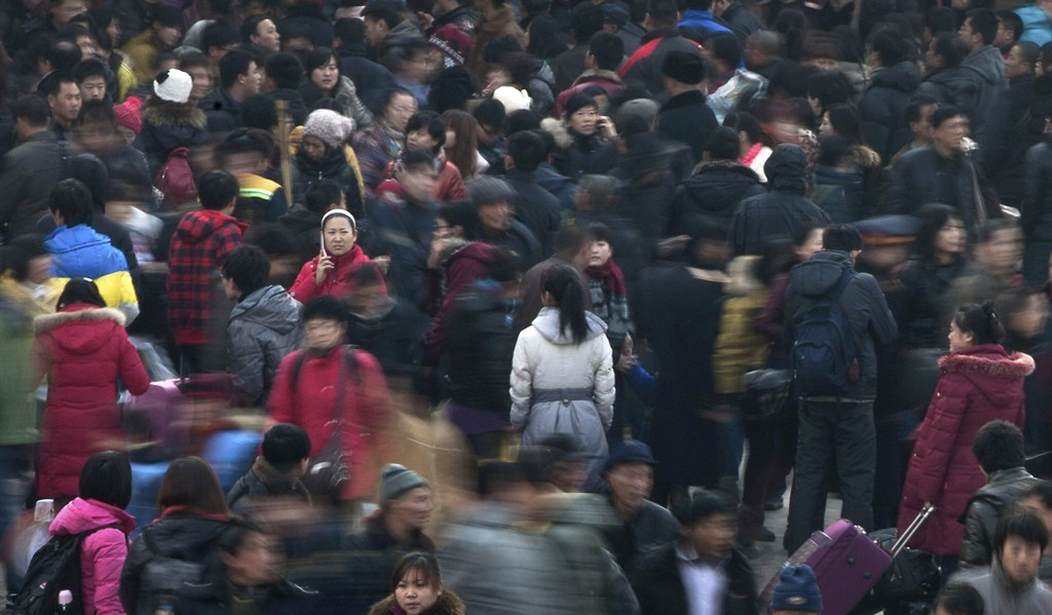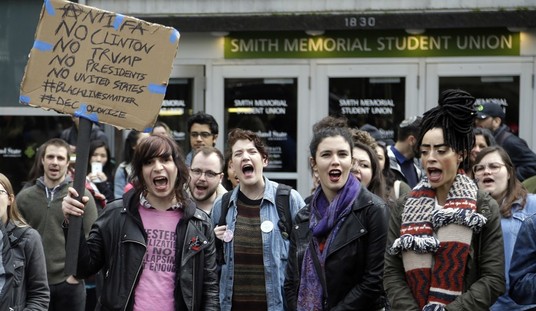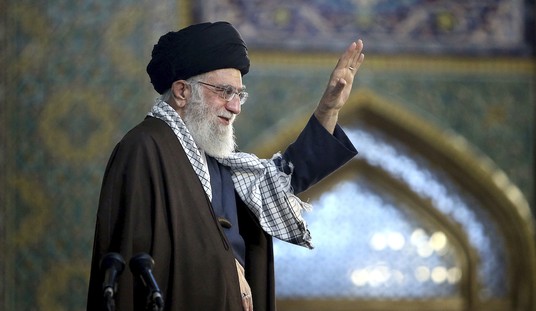China is no longer the most populous nation in the world. In 2022 its population declined for the first time in 60 years and by the middle of 2023, India had surpassed it. For decades, China did everything it could to keep its population low. It introduced the one-child policy in 1979 and stuck with it until 2016. The result was an entire generation with far more men than women and a birthrate far below the replacement level. But at some point, China decided it wanted to reverse this decline as its population was aging. So far those efforts seem to be failing. China’s population declined again last year.
Chinese women have been shunning marriage and babies at such a rapid pace that China’s population in 2023 shrank for the second straight year, accelerating the government’s sense of crisis over the country’s rapidly aging population and its economic future.
China said on Wednesday that 9.02 million babies were born in 2023, down from 9.56 million in 2022 and the seventh year in a row that the number has fallen. Taken together with the number of people who died during the year — 11.1 million — China has more older people than anywhere else in the world, an amount that is rising rapidly. China’s total population was 1,409,670,000 at the end of 2023, a decline of two million people, according to the National Bureau of Statistics.
The shrinking and aging population worries Beijing because it is draining China of the working-age people it needs to power the economy. The demographic crisis, which arrived sooner than nearly anyone expected, is already straining weak and underfunded health care and pension systems.
A decline of two million isn’t much when you’re talking about a total population of 1.4 billion. China’s real problem is that there is every reason to believe the decline is going to accelerate in the coming years.
The official end of Beijing’s one-child policy in 2016, however, has not led to a rise in births, despite cash incentives and tax cuts for parents. The country’s fertility rate rose slightly around that time, but has fallen since, according to data from the United Nations: from around 1.7 children per woman, on par with Australia and Britain, to around 1.2, among the lowest in the world. That recent drop could be a result of unreliable data from China or a technical effect of delays in childbearing, but it likely also reflects a combination of various pressures that have mounted in the country over time.
Even though they are now allowed to, many young Chinese are not interested in having large families. Vastly more young Chinese people are enrolling in higher education, marrying later and having children later. Raised in single-child households, some have come to see small families as normal. But the bigger impediment to having a second or third child is financial, according to Lauren A. Johnston, an economist at the University of Sydney who studies Chinese demographics. She said many parents cite the high cost of housing and education as the main obstacle to having more children. “People can’t afford to buy space for themselves, let alone for two kids,” she said…
All this points to a Chinese population, currently 1.4 billion, that is likely to continue shrinking.
China’s almost entirely male leadership has been making a point of letting women know it’s patriotic to have more children.
The Women’s Congress, held every five years, has long been a forum for the ruling Communist Party to demonstrate its commitment to women. The gesture, while mostly symbolic, has taken on more significance than ever this year, the first time in two decades that there are no women in the party’s executive policymaking body.
What was notable was how officials downplayed gender equality. They focused instead on using the gathering to press Mr. Xi’s goal for Chinese women: get married and have babies. In the past, officials had touched on the role women play at home as well as in the work force. But in this year’s address, Mr. Xi made no mention of women at work…
Faced with a demographic crisis, a slowing economy and what it views as a stubborn rise of feminism, the party has chosen to push women back into the home, calling on them to rear the young and care for the old. The work, in the words of Mr. Xi, is essential for “China’s path to modernization.”
But it turns out young women aren’t interested in having babies, especially when youth unemployment is over 21 percent and many young people feel the future for them won’t be nearly so bright as it was for their parents, many of whom got rich during the decades of China’s property boom. That’s over now and young people know it.
“If young people are not confident about the future, it’s very difficult for them to think about settling down and getting married,” said Xiujian Peng, a senior research fellow at Australia’s Victoria University.
That leaves the government relying on propaganda efforts.
The ruling Communist Party has engaged in a propaganda campaign to urge people to get married and have babies, even holding state-sponsored dating events. The government is testing programs in 20 cities to promote a “new era” of marriage. One tenet of the new era is that husbands and wives should share child-rearing responsibilities — an acknowledgment that women in China have traditionally carried an unequal burden. A local government in eastern China started a matchmaking app.
But those efforts run into the very real fear of getting stuck in a relationship with a man who turns out to be abusive and having no way out.
Last month, the subject of marriage was a hot topic online after the widespread circulation of a video on Weibo, China’s version of Twitter, that showed a man killing his wife by repeatedly driving over her with his car after a domestic dispute. Many of those commenting warned women against getting married. A recent Weibo hashtag about rejecting marriage generated 92 million views, with commenters citing the lack of protections for women in China’s divorce and domestic violence laws.
Divorce laws in China are heavily weighted toward keeping families together, even in cases where there is evidence of abuse.
A recent uptick in shocking social media postings and news articles about acts of violence against women has grabbed the attention of the nation, like the savage beating of several women in Tangshan at a restaurant and the story of a mother of eight who was found chained to the wall of a shack.
Women often cite such violent acts when discussing why they don’t want to get married. Changes to policies and regulations, like a new rule requiring a 30-day cooling-off period before civil divorces can be made final, are another. Marriage rates have been falling for nine years. That trend, once limited mostly to cities, has spread to rural areas as well, according to government statistics…
An analysis of nearly 150,000 court rulings on divorce cases by Ethan Michelson, a professor at Indiana University, found that around 80 percent of the petitions filed by women were denied by a judge on the first try, often when there was evidence of domestic violence. (The rate of denial for a second try is around 70 percent.)
Simply put, a lot of young Chinese women see marriage as a potential trap, and the fact that the government is using propaganda to encourage it probably only reinforces the feeling that this is something they should be wary about.
So over the next few decades as China’s population gets even older the number of births will be nowhere near the number of deaths. Unless China starts bringing in more immigrants, it’s population is going to drop swiftly.








Join the conversation as a VIP Member